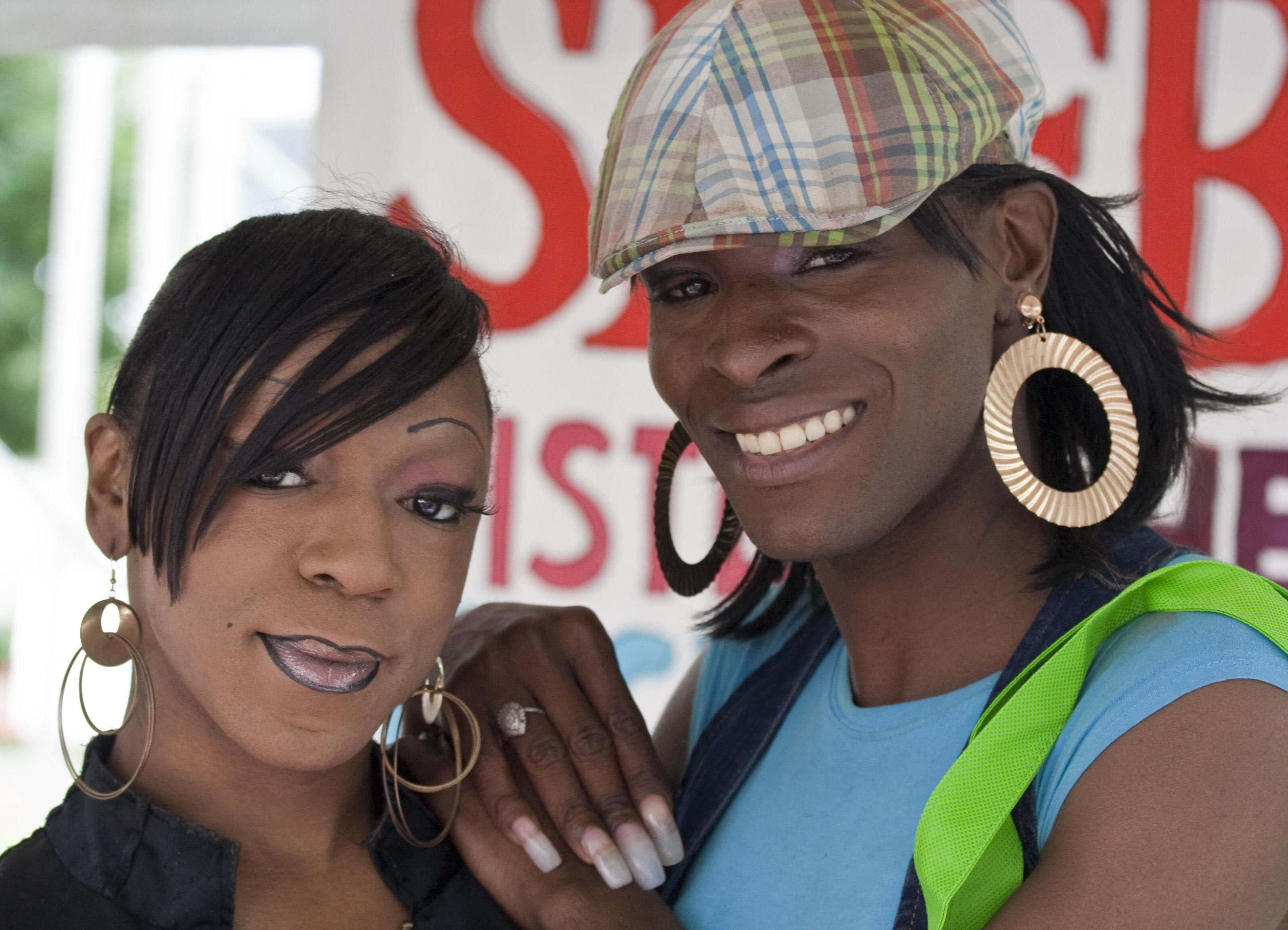The T in LGBT is left out way too often. In fact, transsexual individuals are frequently forgotten in civil rights pushes. And because of this exclusion, there are a lot of misconceptions about what it does and doesn’t mean to be trans.
One of the most common things people mess up: the pronouns.
“I am currently in the middle of transition, and by necessity (lack of time and money), I spend some days as my old self,” said Alex Burslen, a senior at the Savannah College of Art and Design. “Personally, I don’t think I can expect people to be consistent with pronouns until I hit a point where I’m consistent myself. Pronouns are such an automatic thing that it can be difficult to change them, even after your mental image has shifted… Willful disregard of pronouns hurts though. If someone is aware of who you are and refuses to honor or acknowledge that then it stings.”
When the person is MTF (male to female), you refer to her as a female. And for the opposite, FTM (female to male), you refer to him as a male. It’s simple enough to understand and even easier to remember, especially if you know what it means to be trans.
Burslem is MTF and is currently in the middle of her transition. She has been with her girlfriend for about five years now, although both aren’t really sure what orientation to identify as. Which is fine, of course — there’s no need to put a label on it.
“I was fortunate enough to have found my partner prior to transition, and then have our relationship survive it. But finding a new partner? I’m not sure if I could… Any relationship that turns even remotely sexual has that elephant in the room,” she added.
Some people also don’t seem to understand that gender identity and sexual orientation are separate matters. I’ve seen some FTM people get strange looks when talking about a guy they have a crush on — the ignorant way of thinking leading them to ask, “Why become a man when you’re attracted to other men?”
“The big misconception is that, if you’re transgender, you’re a gay person transitioning to make yourself ‘straight’. This is wildly off the mark,” Burslem explained. “My partner and I are as much in love as we were before, if not more so. I’ve never been an overly sexual person, but I’m still more romantically interested in women than men. That much hasn’t changed.”

Again, it all goes back to the spectrum, the realization that there is no black and white when it comes to sexual and gender identities. Everything is gray, and because of that, everything is okay. My attraction to other men has nothing to do with the fact that I myself am also a man. The genders that people prefer sexually are unrelated to the gender they themselves identity as.
But because of stigmas that stem from misinformation, coming out as trans still takes a considerable amount of courage. Coming out as gay was difficult, and realizing that I was gay was a journey in itself. But coming to the realization that you were born in the wrong body is an entirely different experience, and something that non-trans individuals can only ever imagine.
“I can’t say that I was born in the ‘wrong body,’ necessarily, because I’ve only ever had this one. I did feel really iffy about myself for a long time,” Burslem said. “I guess if I had to make an analogy, [transitioning] felt like coming home from a long day at an awful job, and sliding into a warm bath. Recognizing that I didn’t have to be male was like relieving myself of years of emotional grime and baggage. I didn’t know how much it was weighing me down until it was gone.”
Photo from dhs.wisconsin.gov



















